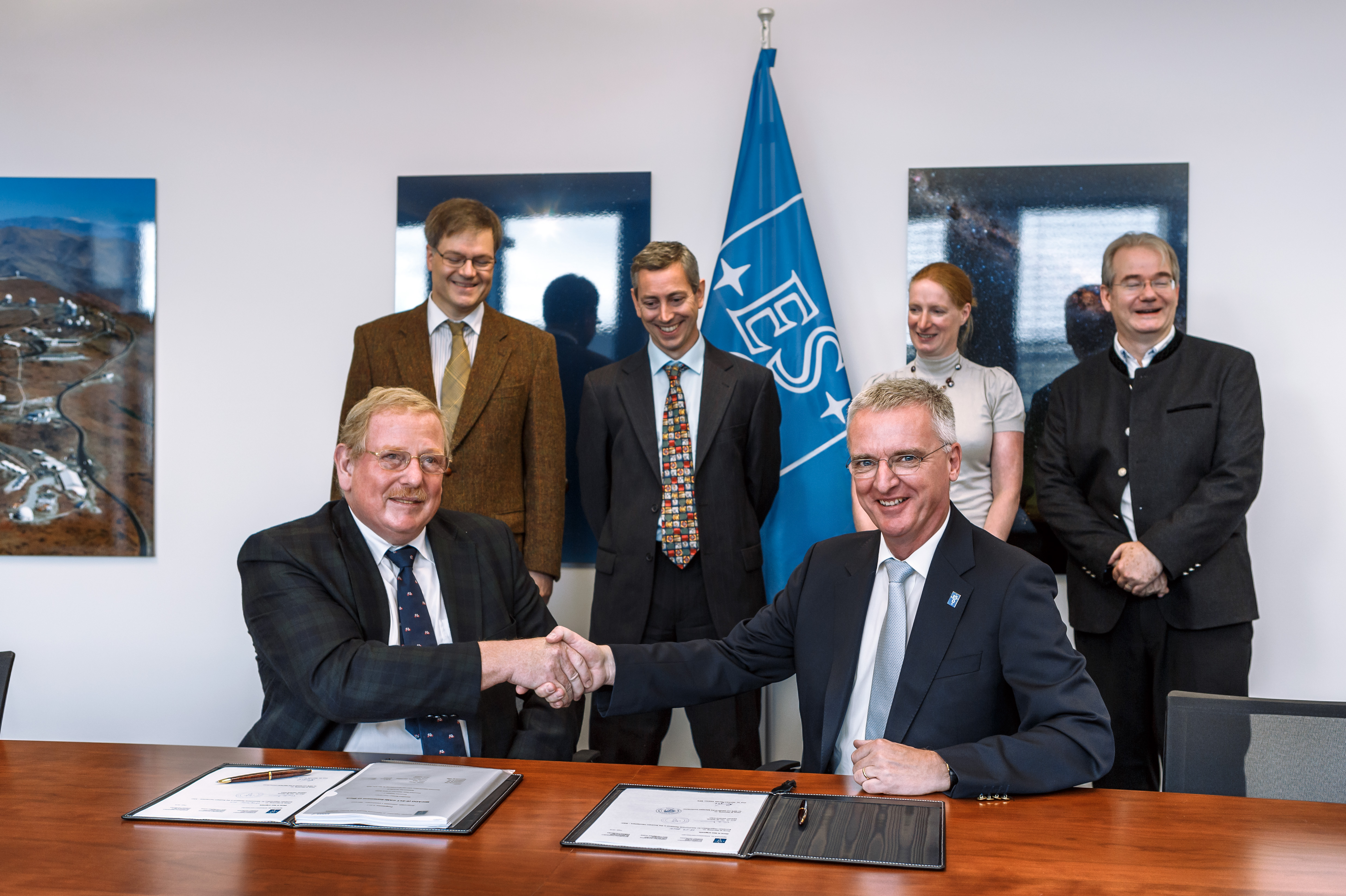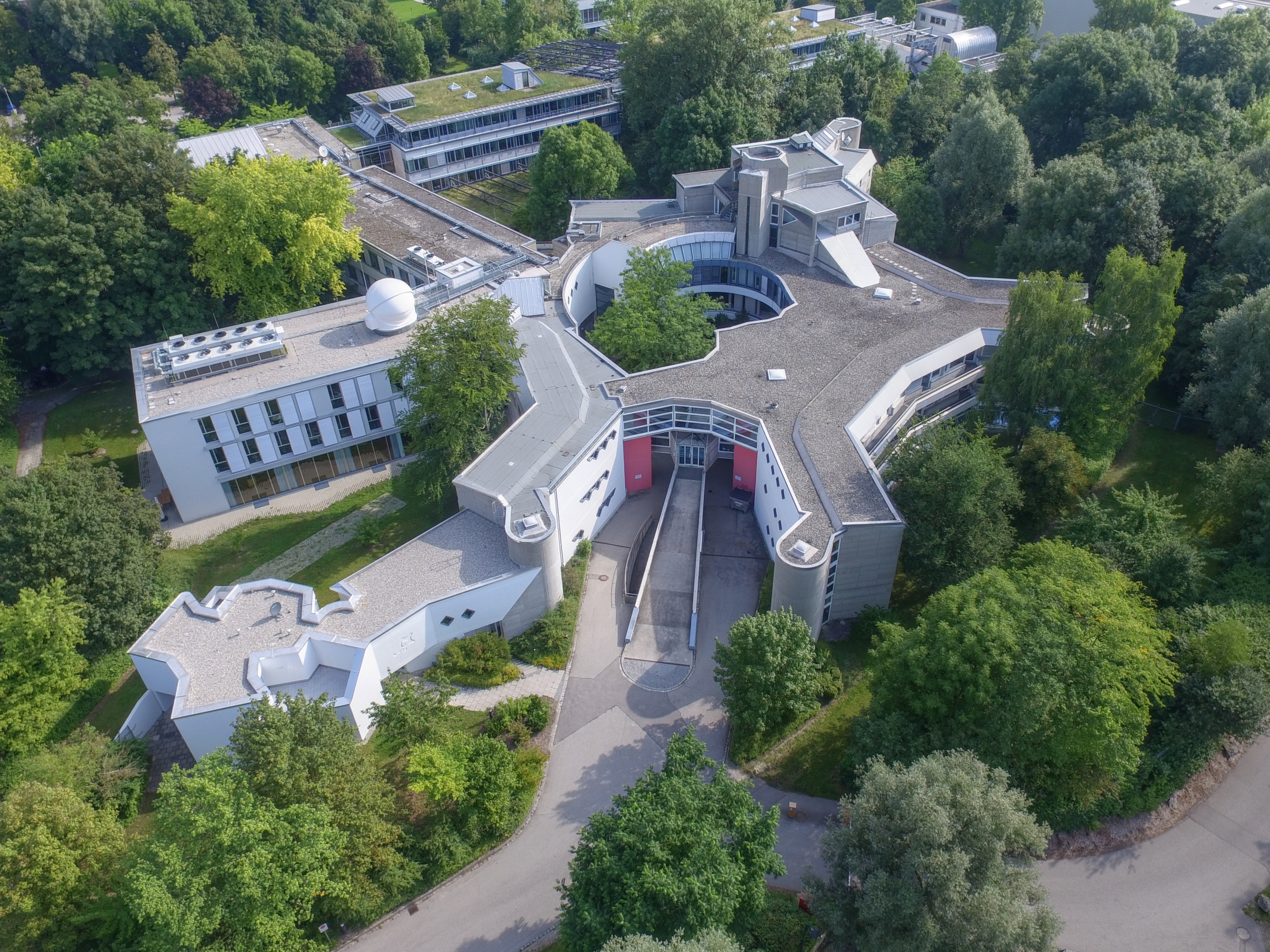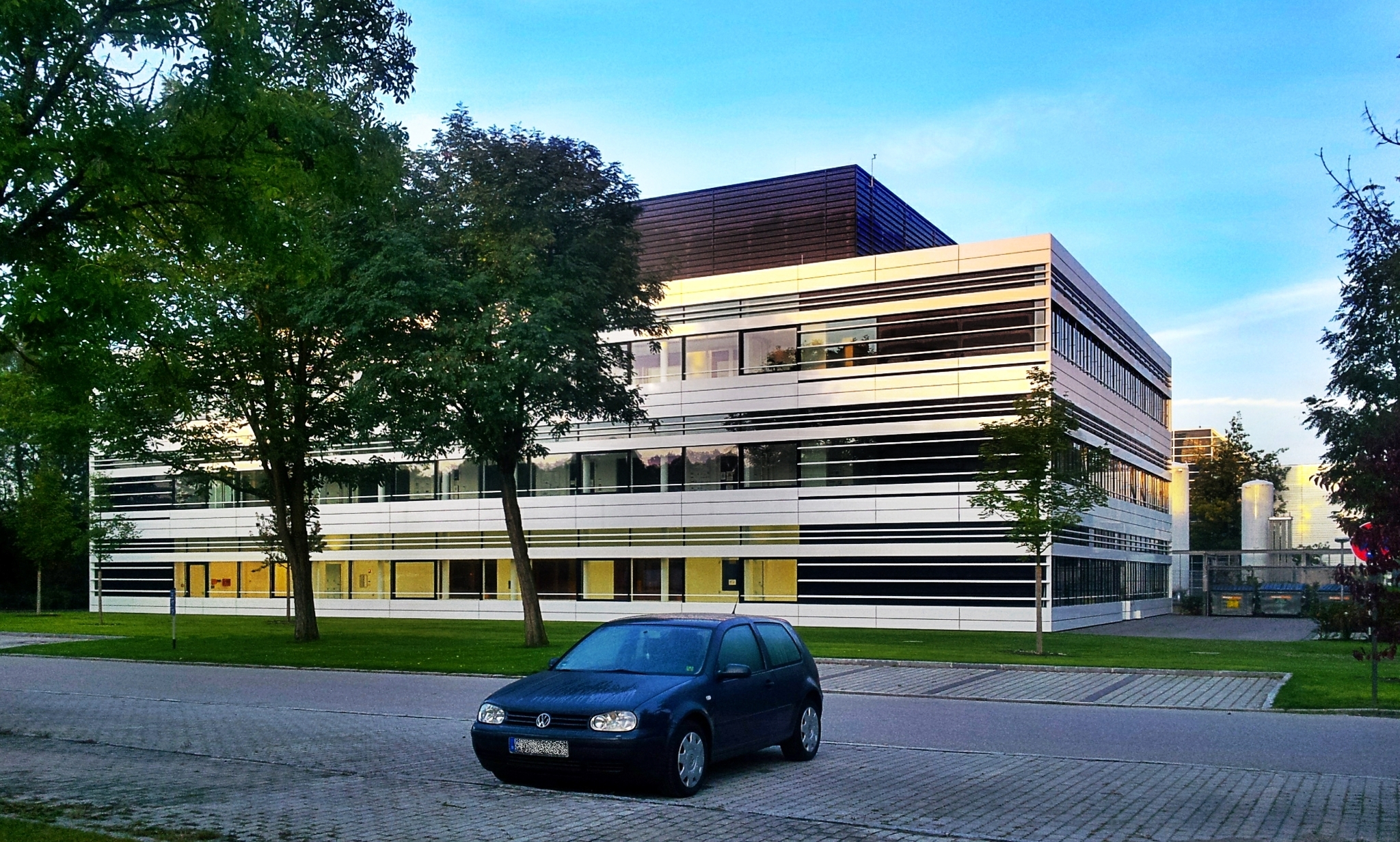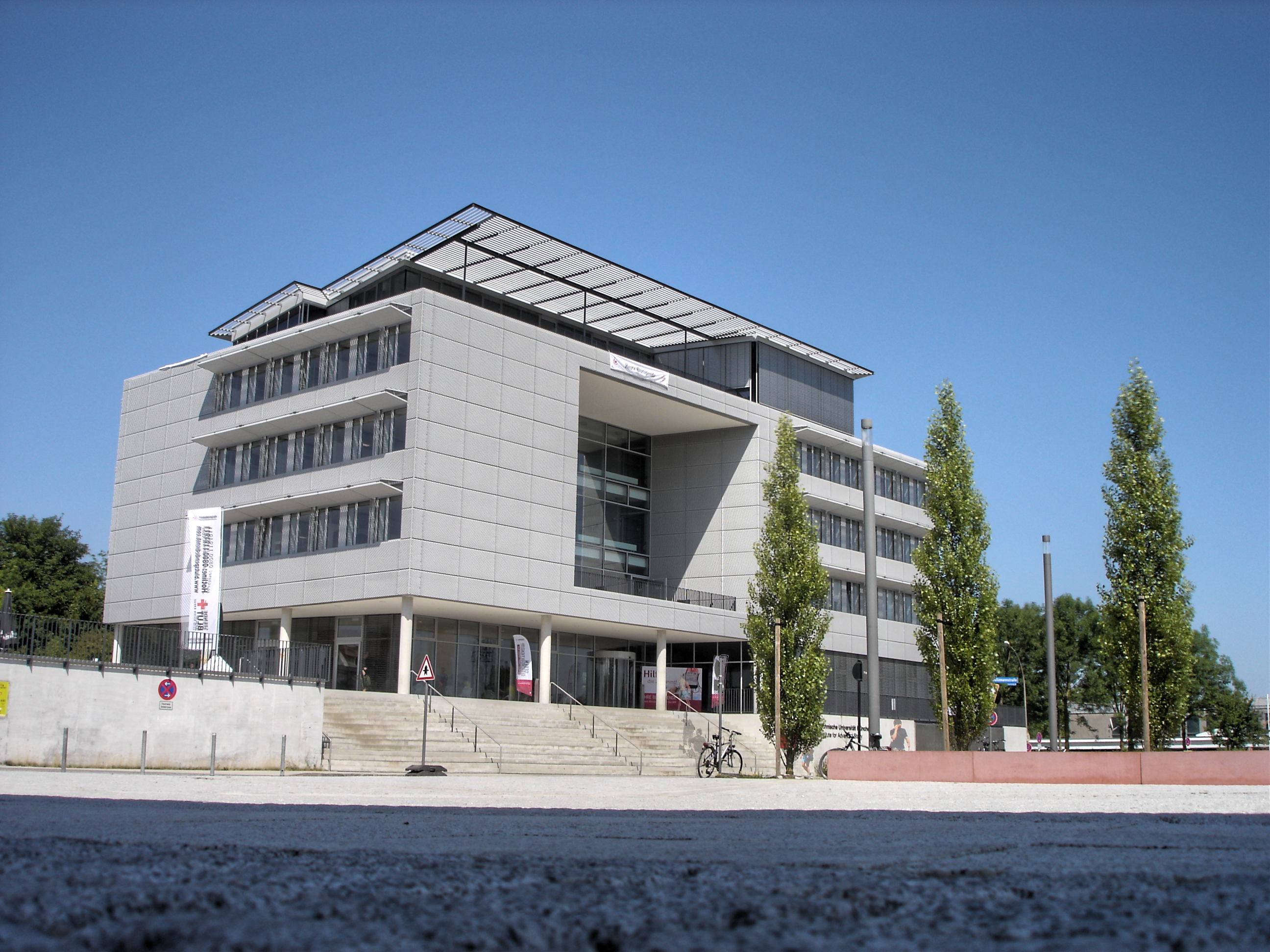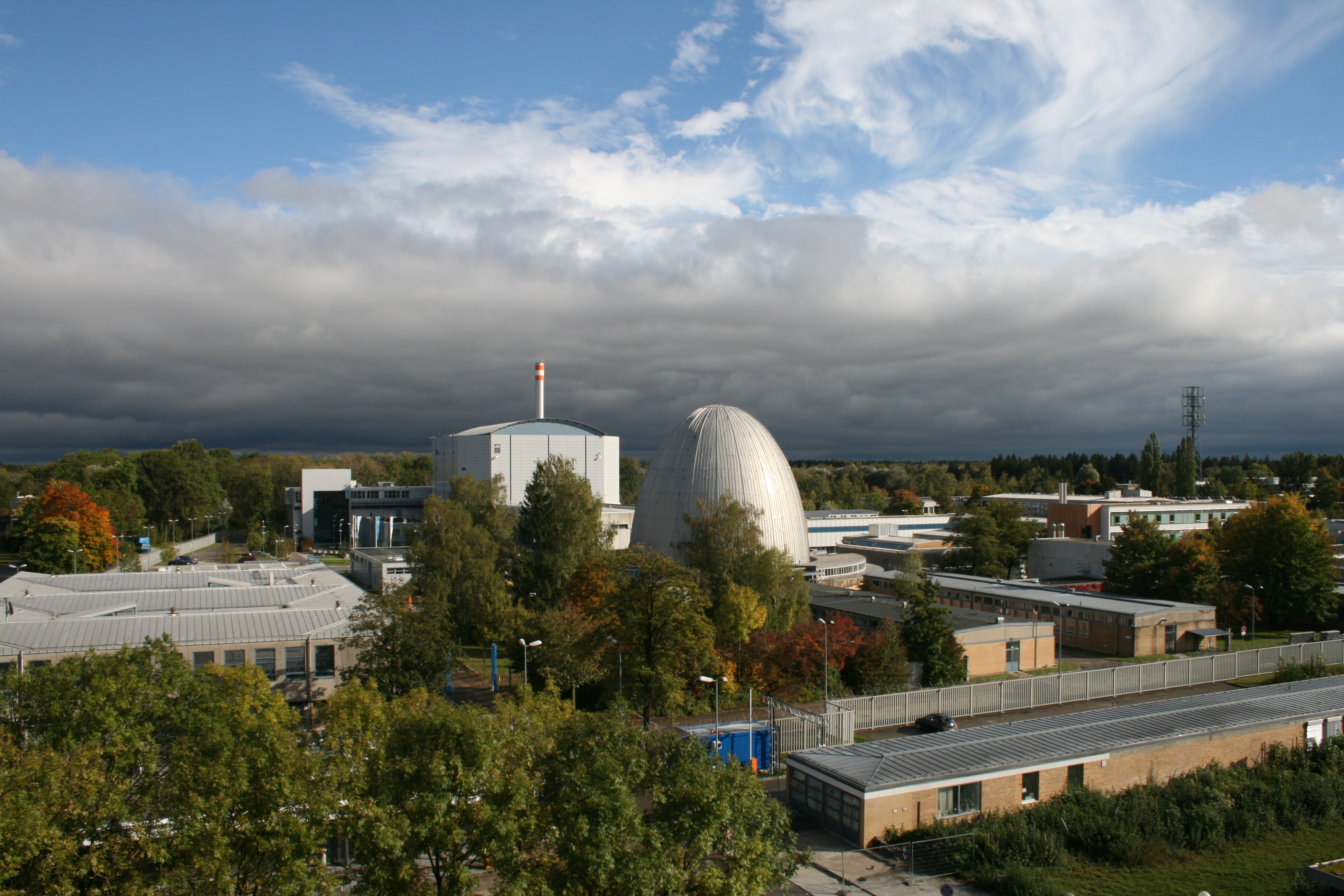|
TUM Campus Garching
The Campus Garching (german: Hochschul- und Forschungszentrum Garching) is a campus of the Technical University of Munich and a number of other research institutes, located around 10 km north of Munich in Garching. At the same time, it constitutes a district of the city. With more than 7,500 employees and around 17,000 students, it is one of the largest centers for science, research and teaching in Germany. Facilities The Campus Garching is the largest campus of the Technical University of Munich. It is joined by numerous research facilities, including four Max Planck Institutes. Technical University of Munich Five departments of the Technical University of Munich are located in Garching: * TUM Department of Chemistry * TUM Department of Informatics * TUM Department of Mathematics * TUM Department of Mechanical Engineering * TUM Department of Physics A new €540 million, 45,000 m2 building for the TUM Department of Electrical and Computer Engineering is curren ... [...More Info...] [...Related Items...] OR: [Wikipedia] [Google] [Baidu] |
Technical University Of Munich
The Technical University of Munich (TUM or TU Munich; german: Technische Universität München) is a public research university in Munich, Germany. It specializes in engineering, technology, medicine, and applied and natural sciences. Established in 1868 by King Ludwig II of Bavaria, the university now has additional campuses in Garching, Freising, Heilbronn, Straubing, and Singapore, with the Garching campus being its largest. The university is organized into eight schools and departments, and is supported by numerous research centers. It is one of the largest universities in Germany, with 50,000 students and an annual budget of €1,770.3 million (including university hospital). A ''University of Excellence'' under the German Universities Excellence Initiative, TUM is considered the top university in Germany according to major rankings as of 2022 and is among the leading universities in the European Union. Its researchers and alumni include 18 Nobel laureates and 23 Leib ... [...More Info...] [...Related Items...] OR: [Wikipedia] [Google] [Baidu] |
TUM Department Of Mechanical Engineering
The TUM School of Engineering and Design is a school of the Technical University of Munich, established in 2021 by the merger of four departments. As of 2022, it is structured into the Department of Aerospace & Geodesy, the Department of Architecture, the Department of Civil & Environmental Engineering, the Department of Energy & Process Engineering, the Department of Engineering Physics & Computation, the Department of Materials Engineering, the Department of Mechanical Engineering, and the Department of Mobility Systems Engineering. Department of Aerospace and Geodesy The Department of Aerospace and Geodesy (ASG) is located in Ottobrunn. It combines the field of aerospace engineering with research in satellite navigation, earth observation and the basic geodetic disciplines. History The Department was founded in 2018, drawing from the Departments of Mechanical Engineering and Civil, Geo and Environmental Engineering. Professorships As of 2020, there are 22 chairs a ... [...More Info...] [...Related Items...] OR: [Wikipedia] [Google] [Baidu] |
Max Planck Institute Of Quantum Optics
The Max-Planck-Institute of Quantum Optics (abbreviation: MPQ; german: Max-Planck-Institut für Quantenoptik) is a part of the Max Planck Society which operates 87 research facilities in Germany. The institute is located in Garching, Germany, which in turn is located 10 km north-east of Munich. Five research groups work in the fields of attosecond physics, laser physics, quantum information theory, laser spectroscopy, quantum dynamics and quantum many body systems. Structure Divisions * Attosecond physics (Ferenc Krausz) * Laser spectroscopy (Theodor W. Hänsch) * Quantum dynamics (Gerhard Rempe) * Quantum many body systems (Immanuel Bloch) * Theory (Juan Ignacio Cirac Sasturain) Research groups * RyD-QMB, Rydberg Dressed Quantum Many-Body Systems (Christian Groß) * Antimatter spectroscopy (Masaki Hori) * Otto Hahn Group Quantum Networks (Andreas Reiserer) * Theory of Quantum Matter (Richard Schmidt) * Entanglement of Complex Quantum Systems (Norbert Schuch) R ... [...More Info...] [...Related Items...] OR: [Wikipedia] [Google] [Baidu] |
Max Planck Institute For Plasma Physics
The Max Planck Institute for Plasma Physics (german: Max-Planck-Institut für Plasmaphysik, IPP) is a physics institute investigating the physical foundations of a fusion power plant. The IPP is an institute of the Max Planck Society, part of the European Atomic Energy Community, and an associated member of the Helmholtz Association. The IPP has two sites: Garching near Munich (founded 1960) and Greifswald (founded 1994), both in Germany. It owns several large devices, namely * the experimental tokamak ASDEX Upgrade (in operation since 1991) * the experimental stellarator Wendelstein 7-X (in operation since 2016) * a tandem accelerator * a high heat flux test facility (GLADIS) Furthermore it cooperates closely with the ITER, DEMO and JET projects. Scientific divisions * Tokamak Scenario Development * Plasma Edge and Wall * Stellarator Heating and Optimization * Stellarator Dynamics and Transport * Stellarator Edge and Divertor Physics * Wendelstein 7-X Operations * Stel ... [...More Info...] [...Related Items...] OR: [Wikipedia] [Google] [Baidu] |
Max Planck Institute For Extraterrestrial Physics
The Max Planck Institute for Extraterrestrial Physics is a Max Planck Institute, located in Garching, near Munich, Germany. In 1991 the Max Planck Institute for Physics and Astrophysics split up into the Max Planck Institute for Extraterrestrial Physics, the Max Planck Institute for Physics and the Max Planck Institute for Astrophysics. The Max Planck Institute for Extraterrestrial Physics was founded as sub-institute in 1963. The scientific activities of the institute are mostly devoted to astrophysics with telescopes orbiting in space. A large amount of the resources are spent for studying black holes in the galaxy and in the remote universe. History The Max-Planck-Institute for extraterrestrial physics (MPE) was preceded by the department for extraterrestrial physics in the Max-Planck-Institute for physics and astrophysics. This department was established by Professor Reimar Lüst on October 23, 1961. A Max-Planck Senate resolution transformed this department into a sub-insti ... [...More Info...] [...Related Items...] OR: [Wikipedia] [Google] [Baidu] |
Max Planck Institute For Astrophysics
The Max Planck Institute for Astrophysics (MPA) is a research institute located in Garching, just north of Munich, Bavaria, Germany. It is one of many scientific research institutes belonging to the Max Planck Society. The MPA is widely considered to be one of the leading institutions in the world for theoretical astrophysics research. According to Thomson Reuters, from 1999-2009 the Max Planck Society as a whole published more papers and accumulated more citations in the fields of physics and space science than any other research organization in the world. History The Max Planck Society was founded on 26 February 1948. It effectively replaced the Kaiser Wilhelm Society for the Advancement of Science, which was dissolved after World War II. The society is named after Max Planck, one of the founders of quantum theory. The MPA was founded as the Max Planck Institute for Physics and Astrophysics in 1958 and split into the Max Planck Institute for Astrophysics and the Max Planck In ... [...More Info...] [...Related Items...] OR: [Wikipedia] [Google] [Baidu] |
Ludwig Maximilian University Of Munich
The Ludwig Maximilian University of Munich (simply University of Munich or LMU; german: Ludwig-Maximilians-Universität München) is a public research university in Munich, Germany. It is Germany's sixth-oldest university in continuous operation. Originally established in Ingolstadt in 1472 by Duke Ludwig IX of Bavaria-Landshut, the university was moved in 1800 to Landshut by King Maximilian I of Bavaria when the city was threatened by the French, before being relocated to its present-day location in Munich in 1826 by King Ludwig I of Bavaria. In 1802, the university was officially named Ludwig-Maximilians-Universität by King Maximilian I of Bavaria in honor of himself and Ludwig IX. LMU is currently the second-largest university in Germany in terms of student population; in the 2018/19 winter semester, the university had a total of 51,606 matriculated students. Of these, 9,424 were freshmen while international students totalled 8,875 or approximately 17% of the student pop ... [...More Info...] [...Related Items...] OR: [Wikipedia] [Google] [Baidu] |
TUM Fire Department
The Fire department TU Munich is a factory fire department at the Technical University of Munich. In addition to the fire department of the Bundeswehr University Munich, it is the only full-time fire department at a German university. It exists since 1979 and has 58 employees working in three shifts as well as in the day shifts. Its location is the research site of the TU in Garching near Munich. Organizationally, the fire department is part of the Central Department 1 - Unit 15 - of the Technical University of Munich. Purpose The purposes of the TU fire department include, apart from fire protection and firefighting on the Garching campus, also general fire department-specific assistance, for example in traffic accidents. Their focus is on fire safety training and respiratory protection training for TU employees, knowledge of the fire alarm systems, maintenance of 3,000 fire extinguishers and checking hydrants on campus. Since the former research reactor Munich (know ... [...More Info...] [...Related Items...] OR: [Wikipedia] [Google] [Baidu] |
Oskar Von Miller Tower
The Oskar von Miller Tower (german: Oskar-von-Miller-Turm) is a tower for meteorological measurements located in Garching, Germany. Built in 2007–2009, it is named after Oskar von Miller and operated by the Technical University of Munich. A concrete structure surrounded by a coat of acrylic glass, the Oskar von Miller Tower has a height of 62 metres and carries measuring devices to all directions 5, 10, 20, 35 and 50 metres above ground. 1350 LEDs display the logo of the Technical University of Munich, while 3750 display the actual weather data. It replaced a guyed mast A guyed mast or guyed tower is a tall thin vertical structure that depends on guy lines (diagonal tensioned cables attached to the ground) for stability. The mast itself has the compressive strength to support its own weight, but does not ha ... used for the same purpose on the area. References {{Authority control Technical University of Munich Towers in Germany Towers completed in 2010 Garch ... [...More Info...] [...Related Items...] OR: [Wikipedia] [Google] [Baidu] |
Walter Schottky Institute
The Walter Schottky Institute (WSI) (german: Walter-Schottky-Institut) is a research center at the Technical University of Munich, dedicated to the physics of semiconductors. Established in 1988, it is located on its Garching campus. It is named after physicist Walter H. Schottky. History The idea for an interdisciplinary research facility that would bridge the gap between fundamental physics and applied semiconductor electronics emerged in the early 1980s. In February 1985, Gerhard Abstreiter, professor at the Technical University of Munich, wrote a memorandum about the establishment of a research institute, with specific focus on semiconductor research and device development. After Klaus von Klitzing, who had been working at the physics department of the TU Munich until shortly before the announcement, was awarded the Nobel Prize in Physics in 1985, the idea, which was already supported by the research board of Siemens, received great approval. Thus, as early as December ... [...More Info...] [...Related Items...] OR: [Wikipedia] [Google] [Baidu] |
TUM Institute For Advanced Study
The TUM Institute for Advanced Study (TUM-IAS) is a scientific institution of the Technische Universität München, conducting research in science, engineering and humanities. Its building is located on its Garching campus. Projects The projects are from various fields of research ranging from science and engineering to the humanities. The institute is also supporting the International Expert Group on Earth System Preservation (IESP). History In June 2005, the German federal and state governments agreed on an initiative to promote top-level research in Germany. As a result of extensive evaluation the Technische Universität München The Technical University of Munich (TUM or TU Munich; german: Technische Universität München) is a public research university in Munich, Germany. It specializes in engineering, technology, medicine, and applied and natural sciences. Establis ... was awarded the "elite-status". The TUM Institute for Advanced Study was the core for the conc ... [...More Info...] [...Related Items...] OR: [Wikipedia] [Google] [Baidu] |
FRM II
The Research Neutron Source Heinz Maier-Leibnitz (Forschungsreaktor München II or FRM II) (german: Forschungs-Neutronenquelle Heinz Maier-Leibnitz) is a leading German research reactor and neutron source, named in honor of the physicist Heinz Maier-Leibnitz who had conducted a highly successful research program at its predecessor, the . Operated by the Technical University of Munich, it is located on its campus in Garching. Overview The FRM II is located in the immediate neighbourhood of FRM I, on the research and university campus near Garching (18 km north of Munich). It is operated by the Technical University of Munich The Technical University of Munich (TUM or TU Munich; german: Technische Universität München) is a public research university in Munich, Germany. It specializes in engineering, technology, medicine, and applied and natural sciences. Establis .... Several other universities and research institutions are taking part in the scientific use. The r ... [...More Info...] [...Related Items...] OR: [Wikipedia] [Google] [Baidu] |


